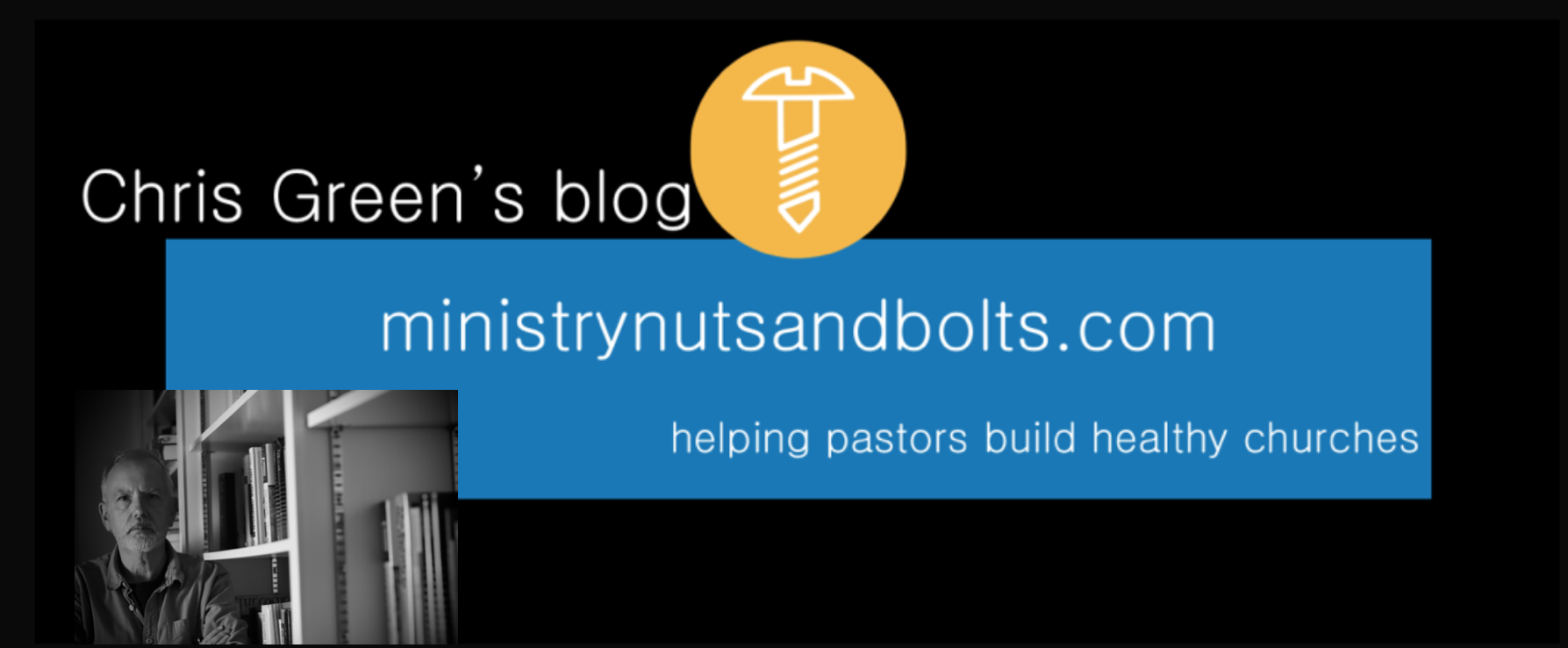 Obviously, sometimes it’s necessary to bust through the internal shape of an S curve and defy its inherent decline. We need to do something new – start a new service or ministry, or even add someone to the staff. The question is, when is the right time?
Obviously, sometimes it’s necessary to bust through the internal shape of an S curve and defy its inherent decline. We need to do something new – start a new service or ministry, or even add someone to the staff. The question is, when is the right time?
Can you do it too early? Of course. This diagram from http://enantiodromian.blogspot.co.uk/is helpful – overnight success isn’t overnight success at all (and, yes, I question the word ‘success’ too, but it will do for the moment for this discussion). It comes after a long period of the hard yards. The years of practice on the piano, the football pitch or the canvas means that an expertise is acquired so that suddenly, overnight, a star is born. The gradual build up of momentum in the skills of an apologist, the Christ-honouring deep wisdom of a bible expositor, the bruising experience of the church planter who fails again and again but is determined, as Becket said, to fail better.
Read Matthew Syed’s ‘Bounce’, and you’ll see the regular statistic of a hidden 10,000 hours of purposeful practice behind any apparently easy skill. Break into that too early, and you don’t have the acquired experience or knowledge necessary for the long haul.
Put in the hard yards.
But, if we wait until we see a decline before we try something new, then we are only going to be rectifying failure. ‘Help – our youths group is shrinking, we need to add a youth worker!’ Rather than take a risk and trying something different, we shall be trying to get back to where we are and stop the drop. But if that drop is part of a bigger pattern of decline, you need to address things earlier in the cycle.
There are good reasons for starting something new at any time, but here’s the hard truth. The best time to start a new S curve is before the first one has started to peter out. You anticipate the decline, and work ahead of it.
How do you know when that is? Here’s the fun part – you don’t! That’s the next blog post – the pain of getting it right.
- Phase 1 – the hard yards. What are the areas where you are putting in the long, unseen hours? What are the areas where successive failure will not shake your determination? How are you trying to ‘fail better’? Where are you spending the hidden 10,000 hours?
- Phase 2 – overnight ‘success’. Who are the people or churches that seem to have suddenly emerged into the general public consciousness? Where have they invested the 10,000 hours?
- Phase 3 – something new. What are the areas where your church or ministry is thinking starting something new? What are the reasons given? Try to distinguish between those which are trying to address decline, and those which are genuinely trying something new.
Recommended
Matthew Syed, Bounce; The Myth of Talent and the Power of Practice (Fourth Estate, 2011)





